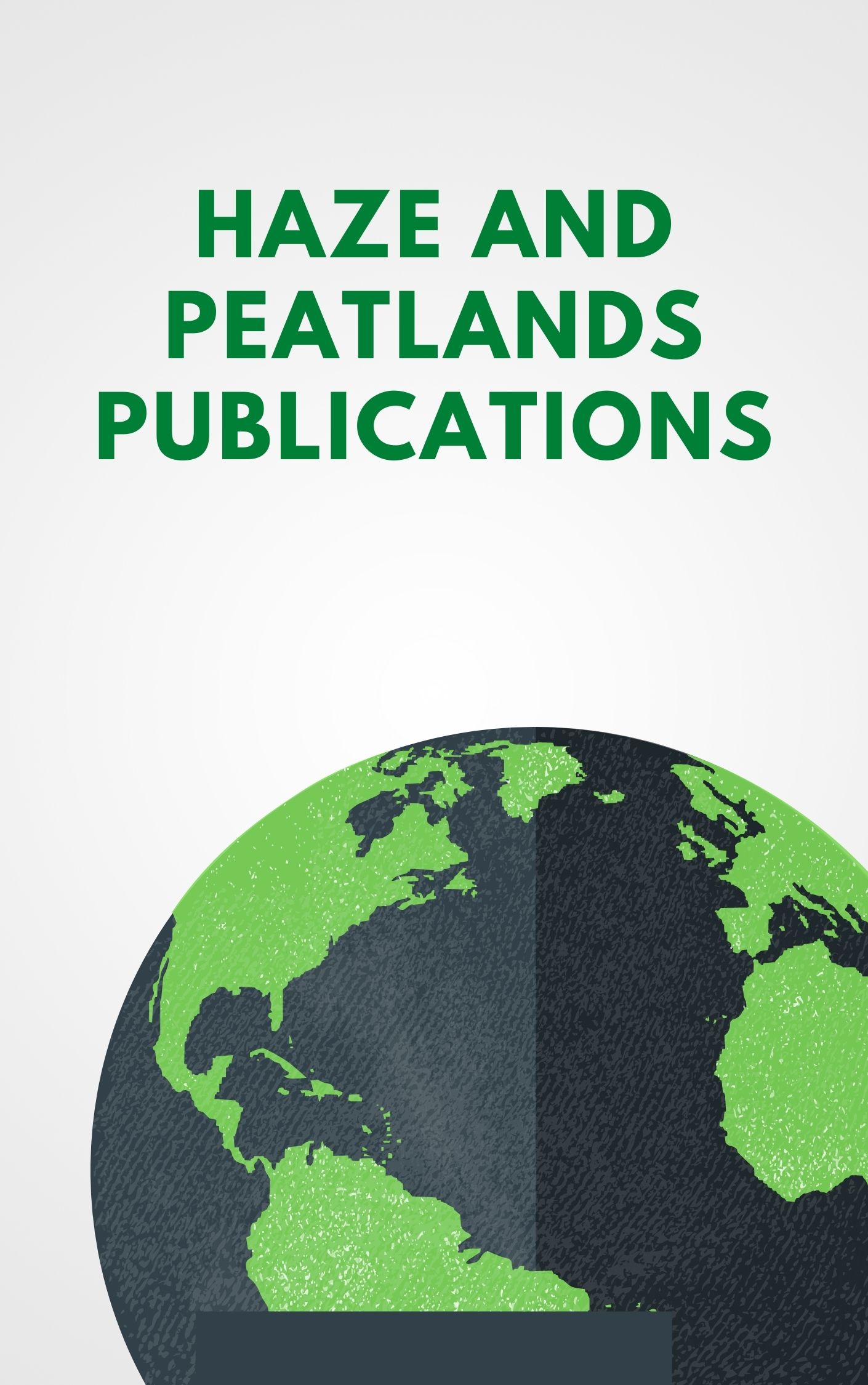Tropical peatland fires generate substantial quantities of airborne fine particulate matter (PM2.5) and in Indonesia are intensified during El Ni & ntilde;o-related drought leading to severe air quality impacts affecting local and distant populations. Limited in-situ data often necessitates reliance on air quality models, like that of the Copernicus Atmosphere Monitoring Service, whose accuracy in extreme conditions is not fully understood. Here we demonstrate how a network of low-cost sensors around Palangka Raya, Central Kalimantan during the 2019 fire season, quantified extreme air quality and city-scale variability. The data indicates relatively strong model performance. Health impacts are substantial with estimates of over 1200 excess deaths in the Palangka Raya region, over 3200 across Central Kalimantan and more than 87,000 nationwide in 2019 due to fire-induced PM2.5 exposure. These findings highlight the need for urgent action to mitigate extreme fire events, including reducing fire use and landscape remediation to prevent peat fire ignition. Networks of low-cost sensors can be used with atmospheric models to understand variability of air quality on a fine scale and show that emissions from peatland fires contribute to many excess deaths, suggests an analysis from the 2019 fire season in Kalimantan
View source

